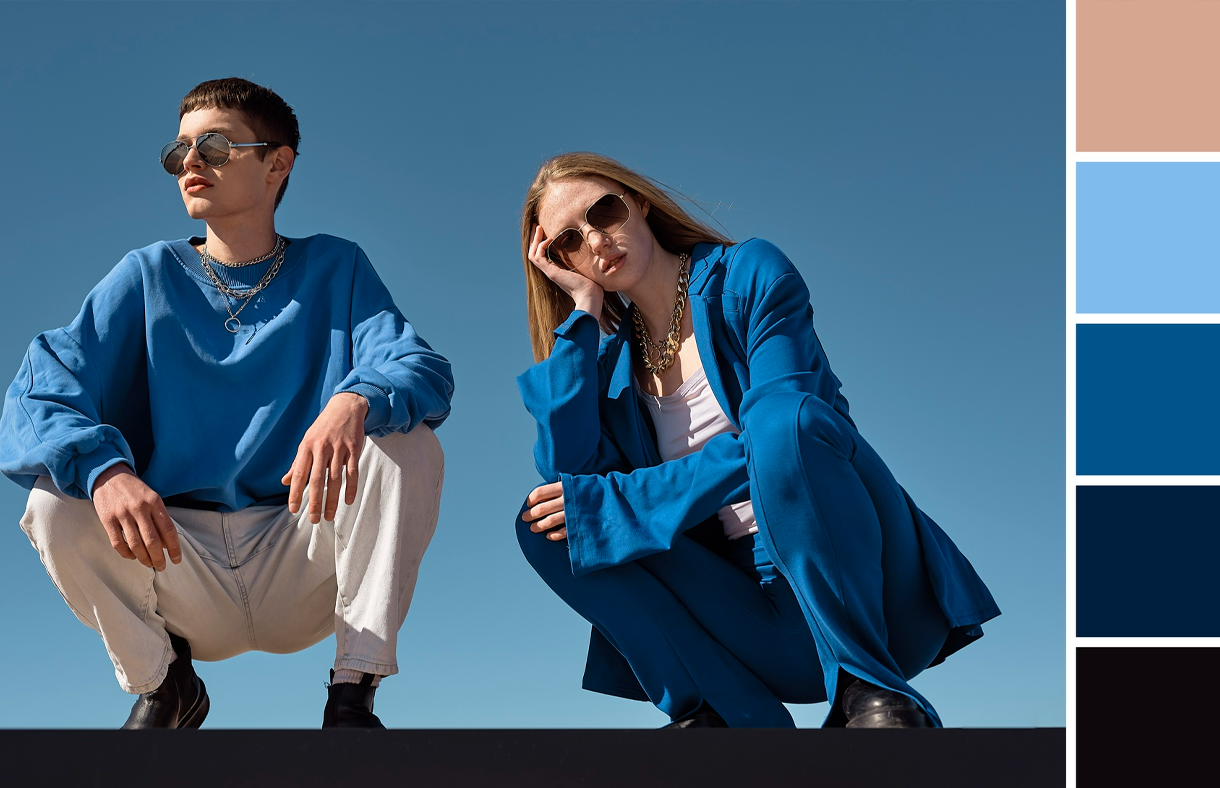
Color Theory in Fashion: What Shades Suit You Best
Color isn’t just a matter of taste—it’s a psychological, visual, and emotional tool that shapes how we feel, how others perceive us, and how we express identity. In fashion, color can make or break a look. While some shades energize your appearance, others can leave you looking washed out. The key to finding colors that flatter you most lies in understanding the basics of color theory and how it connects to your natural features, especially your skin undertone. Once you master this, getting dressed becomes not just easier but more empowering.
Skin Undertones
Your skin undertone is the subtle hue that lies beneath the surface of your skin and influences how different colors interact with your complexion. These undertones are typically classified as warm, cool, or neutral. Warm undertones have golden, peachy, or yellowish hues, while cool undertones lean toward pink, red, or bluish tones. Neutral undertones are a balanced mix of both. To identify your undertone, observe how your skin reacts to white clothing or natural light. If your skin glows beside white or silver, you likely have cool undertones. If you look better in ivory or gold, you're likely warm-toned. If both suit you equally well, you probably fall into the neutral category. Knowing your undertone is the first step in curating a wardrobe that complements your natural features and enhances your overall look.
Bold Choices
Bold colors often intimidate, but they offer the most rewarding opportunities for personal expression. Vivid reds, cobalt blues, and vibrant yellows can transform a basic outfit into a bold fashion statement. However, the key is wearing them with intention. Bold doesn’t have to mean loud—it means confident. You can ease into boldness by choosing just one vibrant piece per outfit or using color strategically to draw attention to your best features. Whether it’s a striking dress, a standout blazer, or even just a colorful handbag, these choices help create focal points that energize your entire look. Wearing bold shades that complement your undertone adds personality and drama without feeling over the top.
Seasonal Palette
Just like nature shifts in tone and temperature, fashion also flows with the seasons—and so should your wardrobe colors. In spring, soft pastels like lilac, mint, and peach mirror the gentle freshness of blooming flowers. Summer welcomes brighter shades like coral, turquoise, and lemon yellow that echo the vibrancy of sunny skies. Autumn favors deeper earth tones such as burgundy, rust, and moss green, reflecting fallen leaves and golden light. Winter introduces cool, dark tones like navy, charcoal, and deep emerald that evoke the mood of chilly elegance. Adapting your wardrobe to seasonal palettes not only keeps you on trend but ensures that your outfits always feel in sync with the world around you.
Final Thoughts
Understanding color theory isn’t just for designers—it’s for anyone who wants to feel more confident in their clothes. When you dress in harmony with your natural undertones and the world around you, you radiate authenticity. Whether it’s a muted tone or a vivid hue, the right shade can transform your entire look. So explore, experiment, and let color lead the way to your most stylish self.